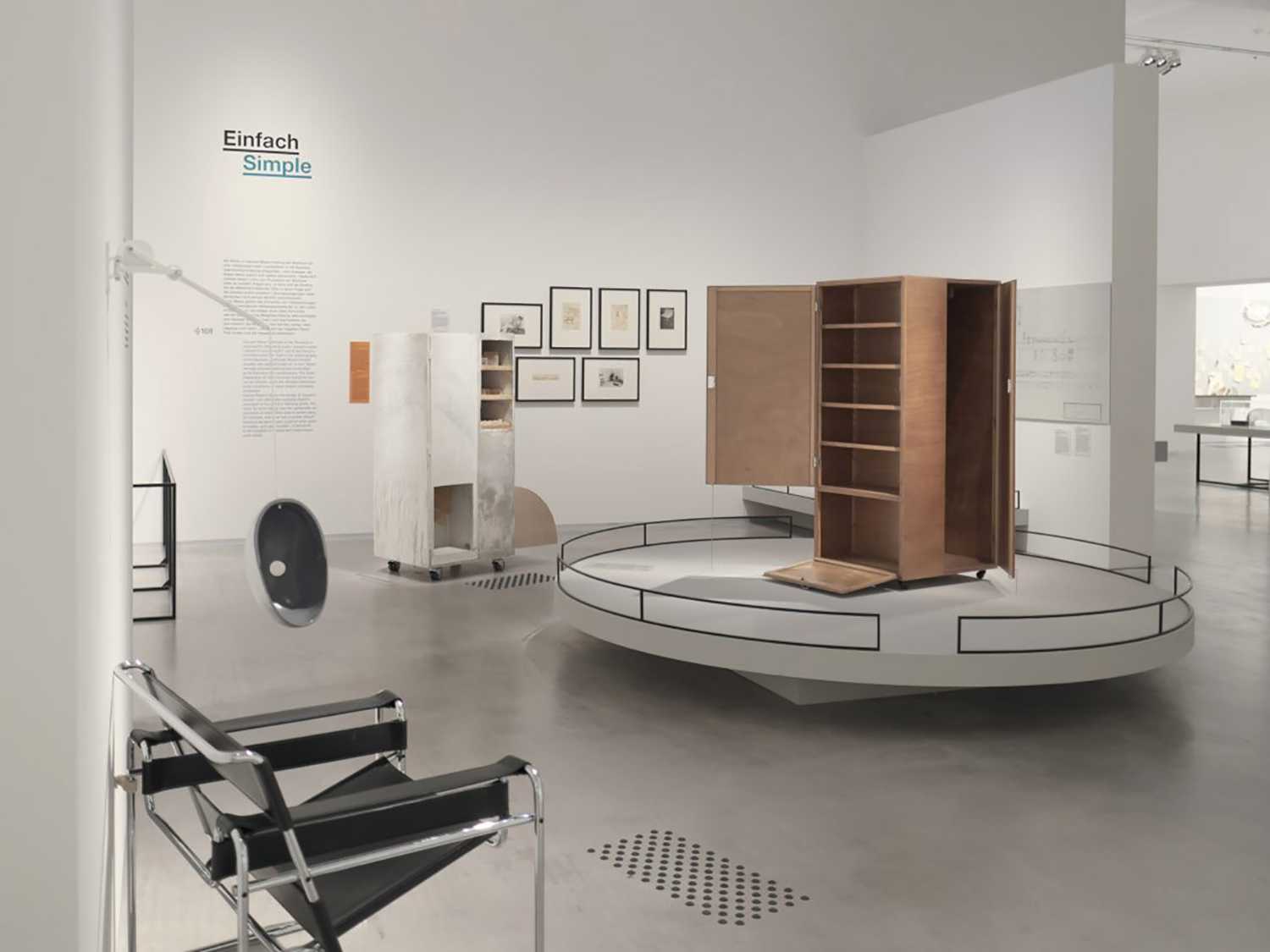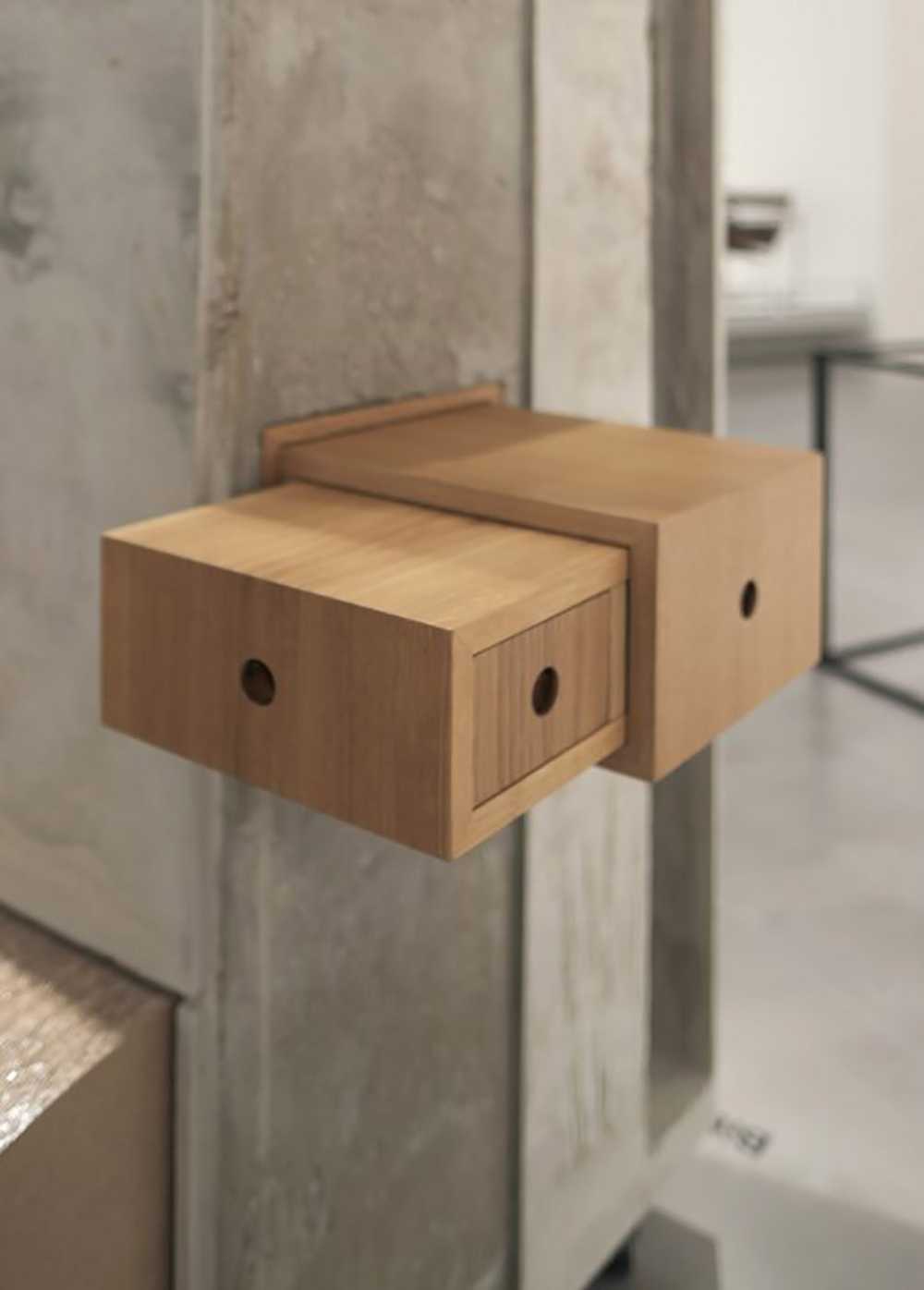How much should and can tactile objects differ from the original? Is a duplicate more inclusive than a distantly related reinterpretation? Sigurd Larsen asks: How sustainable are minimalist things and how much complexity is in the simple? Are some solutions that at first sight seem so simple and practical actually so?


Handheld bachelor's closet. A tactile model that questions inclusivity
The object was designed by Berlin-based Danish architect Sigurd Larsen to be experienced with the hands while developing a tactile model for Josef Pohl's so-called bachelor's closet, a Bauhaus original

As an architect, Larsen is interested in the scaling of objects and the designed environment. Larsen recognizes similar design principles in urban planning projects from from the original: modular elements are repeated on different scales. The closet is divided into compartments. Like a Russian doll, Larsen puts one drawer into the other

Larsen designs things that don't hide their history of use, because the concrete surfaces retain traces of use. Another question was important to the project: if visitors leave their mark on an exhibit that can be touched: is there any material that becomes more beautiful during use? Can things age well? We''ll know more after the original Bauhaus closes

















